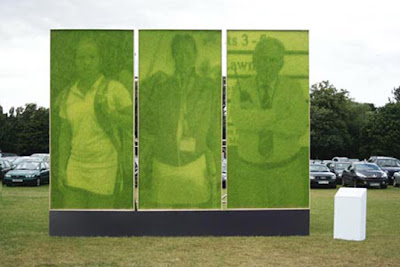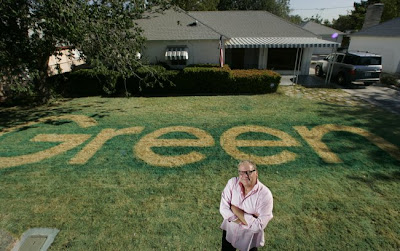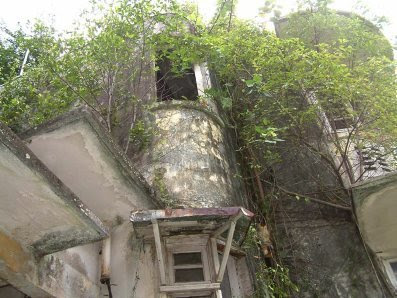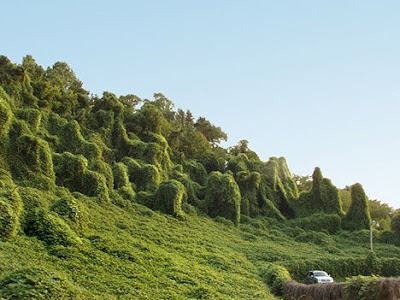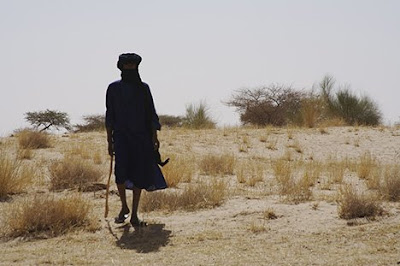This site features a lot of great, inventive ways to use landscape materials in urban areas. On the flip side, there are a lot of very, very strange ways to use plants as well. Read on for a summary of some of the more ‘odd’ varieties of plant manipulations I’ve gleaned.
Grass ‘photographs’ at Wimbledon, via Inhabitat: “UK artists, Heather Ackroyd and Dan Harvey used grass as a photographic paper by projecting a black and white image on it while growing in a dark room.”
:: image via Inhabitat
:: image via Treehugger
Ok, maybe smart, but perhaps there may be some negative effects of ‘feeding’ trees concrete. Via Treehugger: “UK researchers are amending soils with powdered calcium-silicate (concrete dust) to determine if a carbon fix-boost hypothesis is correct: that crops will be induced to bind extra carbon dioxide, reacting it with calcium taken from the concrete dust (in the soil matrix). … This reaction, whether directed by, or simply mediated by plants and/or soil organisms, would sequester more atmospheric carbon than is possible by production of plant tissue. Good for the climate.”
:: image via Treehugger
With parents from the South, I’m well aware of the evils of Kudzu. Now there may be a solution and use for this nasty vegetated horror. Via Treehugger: “Our colleagues over at Discovery News have brought attention to a new report that an invasive plant that literally covers some parts of the American South could be a potential feedstock for biofuel. … New research published in Biomass and Bioenergy shows that kudzu could produce up to 270 gallons of ethanol per acre: Not very much when compared to rapeseed, jatropha or palm oil but easily as much as can be produced from corn.” Just as long as no one get’s the bright idea to actually plant the stuff…
:: image via Treehugger
From ENN, another potential ‘smart’ trick, “Three years after it was first proposed, preparations for an African ‘wall of trees’ to slow down the southwards spread of the Sahara desert are finally getting underway. … The ‘Great Green Wall’ will involve several stretches of trees from Mauritania in the west to Djibouti in the east, to protect the semi-arid savannah region of the Sahel — and its agricultural land — from desertification.”
:: image via Treehugger
